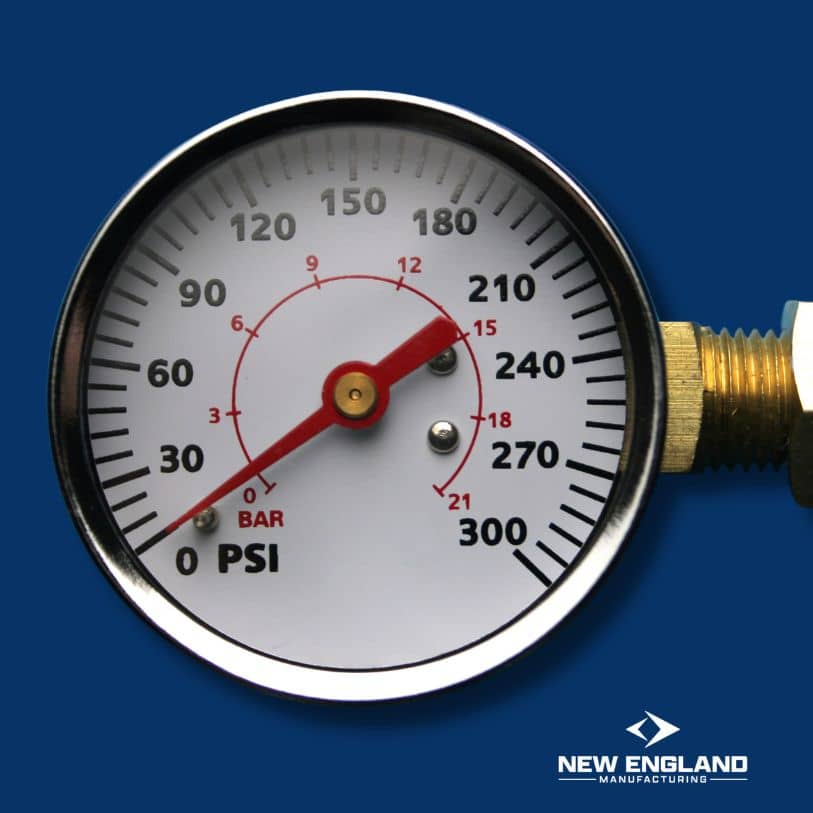Honoring Heroes: A Guide to Veteran Grave Markers
When the time comes to honor a veteran who has passed away, one of the most significant tributes we can offer is a proper military grave marker. These markers are a symbol of respect and recognition for the service and sacrifice made by veterans. However, many families and loved ones often need clarification about the process of obtaining these markers. This post aims to simplify and explain the necessary steps and documents required to apply for military grave markers for veterans. We strive to provide clear, straightforward guidance so that during a period of mourning and remembrance, you can honor your veteran with a fitting grave marker as smoothly as possible.
Understanding Eligibility for Military Grave Markers for Veterans
Firstly, it’s crucial to determine eligibility. The United States Department of Veterans Affairs (VA) sets specific criteria for who can receive military grave markers. Generally, eligibility extends to members of the armed forces and veterans who received a discharge other than dishonorable. This includes those who served during wartime or peacetime, as well as members of the National Guard and Reserves who completed the required period of service. Understanding these eligibility requirements is fundamental. Having clear documentation of the veteran’s service, such as discharge papers (DD214 form), is key to proving eligibility.
Choosing the Right Type of Military Grave Marker
Next, you should choose the appropriate type of grave marker. The VA offers various markers, including upright headstones, flat grave markers in granite, marble, or bronze, and niche markers for cremated remains. Each type of marker reflects dignity and respect, ensuring that the legacy of the veteran is honored suitably. The right type depends on the burial site regulations and personal preferences. Familiarizing yourself with the options and understanding the regulations of the chosen cemetery are vital at this stage. You can find information about different types of markers on the VA’s website or by contacting a VA cemetery representative.
Gathering the Necessary Documentation
Then, you need to gather the necessary documentation. This process includes acquiring and preparing the required forms and additional supporting documents. The primary form needed is the VA Form 40-1330, “Claim for Standard Government Headstone or Marker.” Besides the application form, other necessary documents typically include proof of military service (like the DD214 form), and if applicable, a death certificate. Ensuring these documents are accurate and complete is crucial for a smooth application process.
Submitting the Application
After gathering all the required documents, the next step is to apply for the military grave marker. This involves sending the completed VA Form 40-1330 along with the supporting documents to the Department of Veterans Affairs. It’s important to double-check that all information on the form is accurate and that all necessary documents are included to avoid any delays in processing. Some may choose to submit their application through a funeral director, which can simplify the process. The VA also accepts submissions via mail or fax. Keeping a copy of all submitted documents is crucial for your records.
Coordinating with the Cemetery
Following the application submission and approval, the next step is coordinating with the cemetery where the marker will be placed. This involves discussing the placement and installation of the marker with the cemetery officials. Each cemetery may have specific rules and procedures for installing grave markers. It’s essential to communicate openly with the cemetery staff to ensure that the installation aligns with both the cemetery’s regulations and your wishes. This coordination is vital to ensure that the marker is placed respectfully and appropriately.
Understanding the Timeline and Managing Expectations
Finally, it’s important to understand that the process of obtaining a military grave marker can take some time. From applying for the actual placement of the marker, the timeline can vary. Factors such as the accuracy of the application, the responsiveness of the VA, and the cemetery’s schedule can all affect how long the process takes. Patience is essential during this time. Keeping in touch with the VA and the cemetery can provide updates and help manage expectations about the timeline.
Conclusion
Applying for a military grave marker for a veteran is a process filled with respect and honor, yet it requires attention to detail and patience. From understanding eligibility to coordinating with the cemetery, each step is crucial in ensuring that the veteran’s service is appropriately commemorated. Remember to gather all necessary documents, fill out and submit the application accurately, and communicate effectively with both the VA and the cemetery. While the process can take time, the end result—a dignified and respectful marker for your loved one—is a fitting tribute to their service and sacrifice. We hope this guide has made the task less daunting, allowing you to focus on honoring the memory of your beloved veteran.
Read More:
Military Grave Markers

Mark R.
With a strong foundation in industrial safety and fire protection systems, Mark R. specializes in creating clear, technical, and compliance-driven content. Writing for SafeTech Reports, he covers topics such as fire hydrant testing, PPE protocols, emergency procedures, and smart technology integration in safety systems. His work ensures that professionals stay informed on the latest regulations, best practices, and emerging trends in safety and infrastructure maintenance.
Get in touch
We usually respond within 24 hours
Need Reliable Water Flow Test Equipment?
For over 70 years, New England Manufacturing has been the trusted source for fire hydrant and water flow testing kits. From pitot gauge kits to custom test kits, we provide precision, durability, and expert calibration to meet your needs.
- Custom-built test kits
- High-quality pressure gauges
- Reliable calibration services


